If DeLorean Can Come Back, These 10 Brands Have a Chance

DeLorean, the erstwhile car upstart that had a brief flash in the ’70s and ’80s before going bankrupt, is coming back. It was one of the biggest surprises of this year’s Super Bowl commercial lineup, a group of ads that featured almost exclusively electric vehicles.
Its flagship product, the DMC DeLorean, lived a longer cultural life than the business that built it as the car was central to the “Back to the Future” series, where scientist Doc Brown (played by Christopher Lloyd) uses it as a time machine.
In 1995, more than a decade after the company went bankrupt, British mechanic Stephen Wynne bought all of the excess parts and the trademark badge and restarted DeLorean as DeLorean Motor Company. Wynne offered to build cars for anyone that wanted them.
Now, the Texas-based company is planning to revive the iconic car as an electric vehicle.
But Dr. John Heitmann, an automotive historian and professor emeritus at the University of Dayton, told Newsweek that cultural capital can’t get you as far as actual capital.
“This is a short time span for entrepreneurs and dreamers,” he said. “It’s hard to succeed unless you get capital and think of scale. Because if you don’t think of scale, I think the odds of succeeding are pretty minimal.”
He added that if any marque is coming back, it makes sense that it would be with an all-electric lineup. Of these ten legendary automotive orphan brands, only DeLorean is in the midst of returning to the market.
DeLorean Motor Company

Getty Images
Two years after leaving General Motors, automotive executive John DeLorean founded DMC on October 24th, 1975.
In a 1977 interview, DeLorean told the New York Times that he wanted his cars to fit into the market between the Corvette and the Porsche 911.
“If we were super lucky, and we did everything right, we might someday be another BMW,” he said. “That would be my dream and our objective.”
The DMC DeLorean was initially well-received by the public and the automotive press, though its reputation slowly unraveled as build quality became an issue. The company also built more than people bought.
John DeLorean was arrested in 1982 and charged with cocaine trafficking after being filmed agreeing to fund cocaine smuggling. He was acquitted after his defense argued that he was entrapped by the FBI.
After being tried and acquitted for defrauding investors, DeLorean never worked in the automotive industry again. He died in 2005.
AMC

Getty Images
Born from a 1954 merger of Nash-Kelvinator Corporation and Hudson Motor Car Company, American Motors Corporation was smaller than the traditional Big 3, but routinely punched above its weight by offering cars in segments that were underserved at the time.
In 1980, after the company ran into credit and cash flow problems, it struck a deal with French-owned Renault to give over a controlling interest for a cash infusion.
After a tumultuous seven-year partnership, Chrysler bought Renault’s share of the company. At the time, the Jeep-Eagle division was the most profitable, so that was the marque that was allowed to continue.
The company was known for trying to capture the smaller side of the market, producing rugged subcompacts and compacts like the AMC Eagle, the Gremlin and the Pacer.
In 2001, an attorney in California registered a trademark for the company’s name. That trademark has been dead since 2010.
Saab Automobile
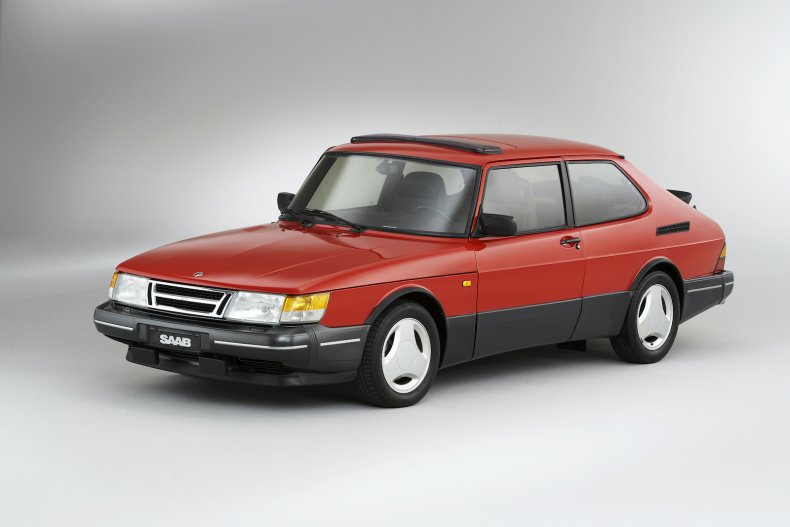
General Motors
Founded in 1945 as a division of a Swedish aerospace company with the same name, Saab started selling cars in the American market in 1956.
For most of its existence, Saab was under Swedish ownership in some form until 1989, when General Motors invested $600 million for a 50 percent stake and an option to buy out the remaining shares at any time.
The company was known for sedans for most of its run, including the Saab 96, Saab 900 and Saab 9-3.
GM bought out the remaining shares in 2000, becoming the 100 percent owner. A combination of a sluggish economy and poor sales led the company to put Saab up for sale. Spyker, a sports car manufacturer in the Netherlands bought the marque in 2010.
After a lumbering year, Saab filed for bankruptcy.
Trademarks for the Saab name as it relates to automobiles are still owned by Saab AB, the aerospace company.
Packard
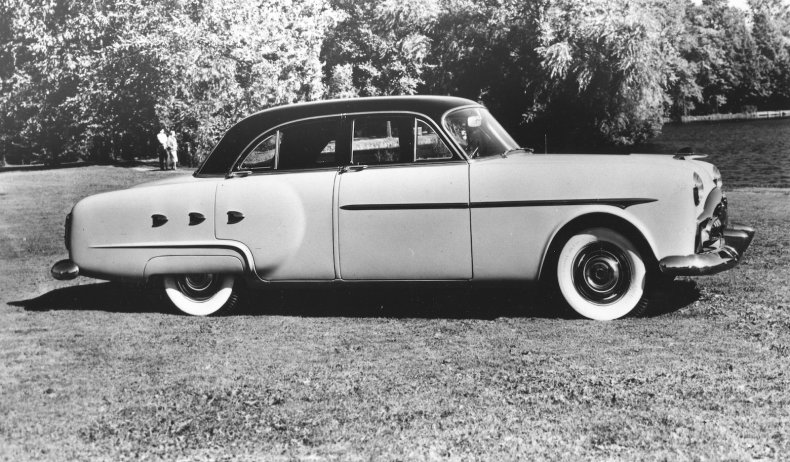
Getty Images
Just before the turn of the 20th century, brothers James Ward and William Doud Packard started production in 1899 in the luxury car segment.
Along the way, the company gained fame for models like the Packard Six, Packard Eight and Packard Clipper.
In 1954, Packard bought the financially strapped Studebaker Corporation and became Studebaker-Packard.
Brand devotees were disappointed in the cars that debuted featuring parts from both models, which led to them being labeled at “Packardbakers.” The last Packard-badged cars were made in 1958
Two companies, Packard Holdings Inc. and Aerie Packard, are currently in a legal dispute over who owns the trademark to Packard.
In 1999, Packard Holdings made one Packard Twelve, which was sold at auction for $143,000 in 2014.
Studebaker
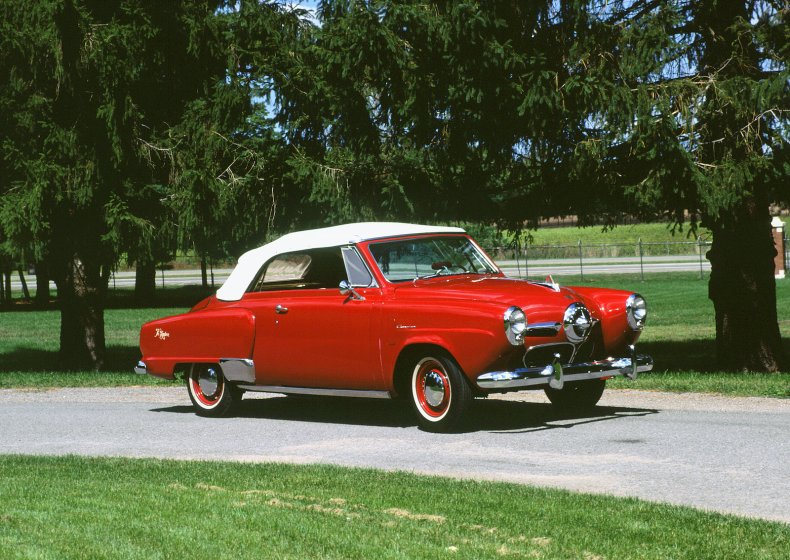
Getty Images
Beginning as a coachbuilding service in 1852 with brothers Henry, Clement, Peter, John and Jacob Studebaker at the helm, the company officially entered the automotive world in 1902 with the Studebaker Electric car.
The electric automobile was built for nine years, ceasing after the company recognized that gasoline-powered cars were gaining more traction. After that, they would build the Studebaker Special Six, the Studebaker Avanti and Studebaker President.
The merger with Packard stemmed but did not completely stop its decline, with the last Studebaker produced in 1966. Although there were several attempted revivals of the Avanti, nobody has owned the Packard trademark since 2020
Plymouth
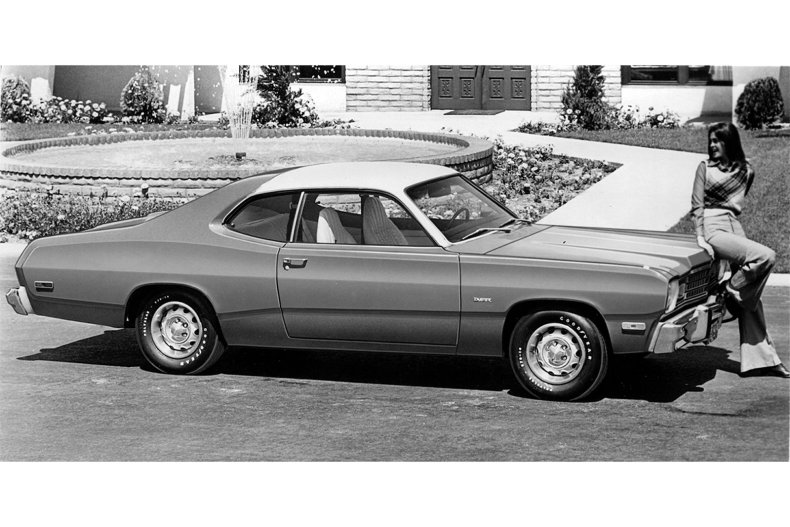
Conceived as an entry-level marque by Walter Chrysler, Plymouth debuted as a Chrysler brand in 1928. The division came into its own during the Great Depression, selling some of the most popular cars at the time.
Strong-selling models included the Plymouth Fury, Plymouth Barracuda and Plymouth Valiant.
The marque struggled through the ’90s as its cars overlapped with other marques at Chrysler; it was discontinued in 2001.
Currently, nobody owns the Plymouth trademark.
Pontiac
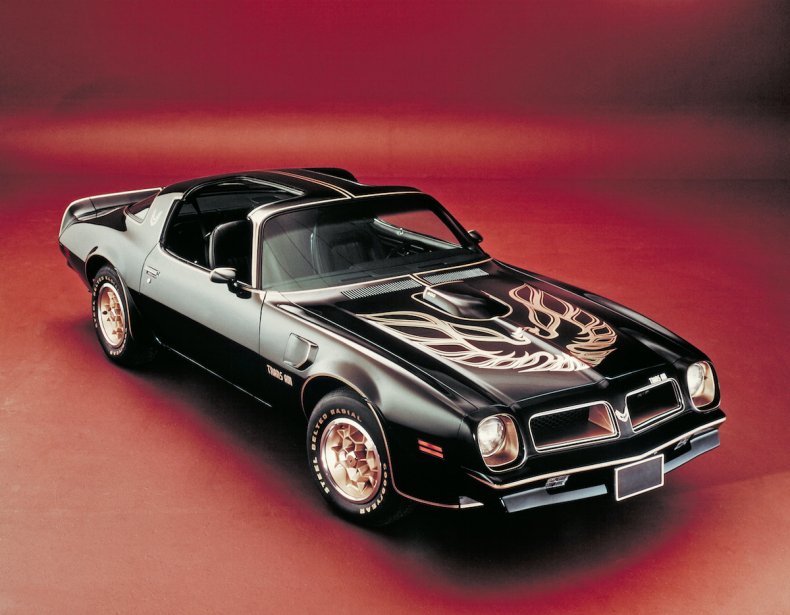
General Motors
In the 1920s, GM began introducing “companion makes,” or sub-brands to its marques. Pontiac was founded in 1925 as a companion to the mid-priced Oakland lineup.
Six years afterward, Oakland was discontinued, having been supplanted in popularity by Pontiac.
Well-known models included the Pontiac Trans Am, Pontiac Grand Prix and Pontiac Chieftain.
At the height of the 2008 financial crisis, GM said that it was evaluating the possibility of dissolving some of its brands to shed costs.
In 2009, the company decided it was phasing out Pontiac and production ceased in 2010.
Heitman says that Pontiac is a unique case in that the brand still has a dedicated following and its cars are still a common sight on the road today. But it’s unlikely that the company would bring it back, given the increased competitiveness of the automotive industry and the shift in focus away from sedans.
GM owns trademarks of the Pontiac name to make accessories, apparel and other things, but not to make automobiles.
Oldsmobile
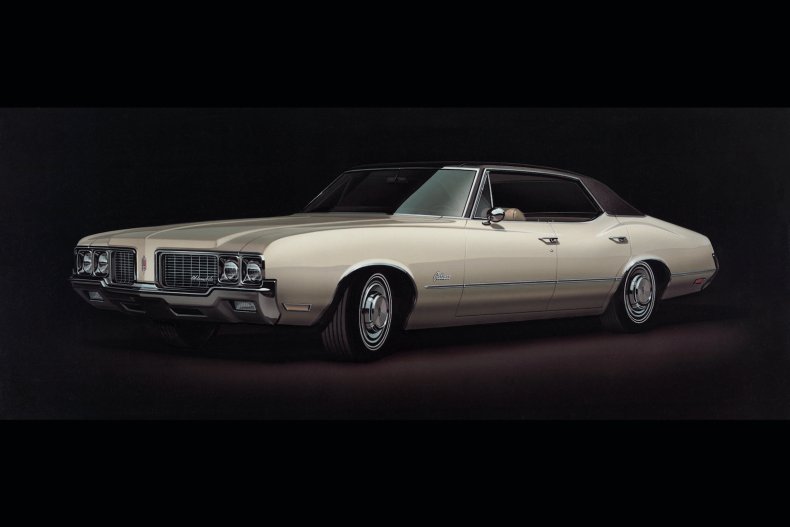
General Motors
Ransom Olds established the Olds Motor Vehicle Co. in 1897. The Oldsmobile Model R is often credited as the first mass-produced automobile, having a production run from 1902 to 1907.
GM bought the company in 1908, placing it in the middle of the company’s lineup between Pontiac and Buick on its pricing scale.
Notable later models included the Oldsmobile Cutlass, Oldsmobile 88 and Oldsmobile Toronado.
In 2000, GM announced that it would shut Oldsmobile down due to underperforming sales and profitability issues. The last cars were produced in 2004.
GM owns trademarks to sell a wide variety of items with the “Oldsmobile” name printed on them, but the trademark to use the name for automobiles has been dead since 2018.
Saturn
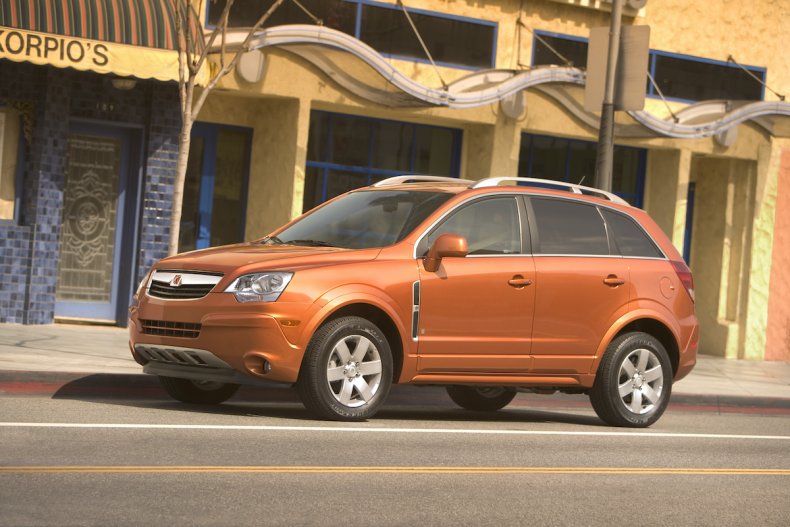
General Motors
With the rising tide of foreign imports gaining ground in the U.S., GM founded the Saturn brand in 1985 to compete in the compact car segment as a “different kind of car company.”
Popular models included the Saturn S-Series, Saturn L-Series and Saturn Vue.
While initial public interest was high, sales were never able to match that interest. In the ’90s and into the 2000s, the company was met with slowly dwindling purchases and consequently lost some financial support from GM.
In order to consolidate its business, GM said it would try to sell off the Saturn brand in 2008. Though a deal was reached with Penske Automotive to acquire the brand, it fell through after Penske couldn’t find a requisite manufacturing base. The last Saturn vehicles were made in 2009.
Since then, the trademarks for Saturn vehicles have been dead.
International Harvester

Getty Images
Founded in 1902 from a merger between two agricultural equipment manufacturers, IH decided to jump into the light-duty vehicle market in 1907.
That began with the release of the Auto Wagon and Auto Buggy. Later on, the ’70s saw the release of the International Scout and International Travelall.
Financial troubles in the ’70s and ’80s led the company to sell off some of its divisions. The truck and engine divisions remained and the company changed its name to Navistar International in 1986
Now as a commercial vehicle producer, the company is owned by Traton, which itself is a commercial vehicle subsidiary of the Volkswagen Group.






